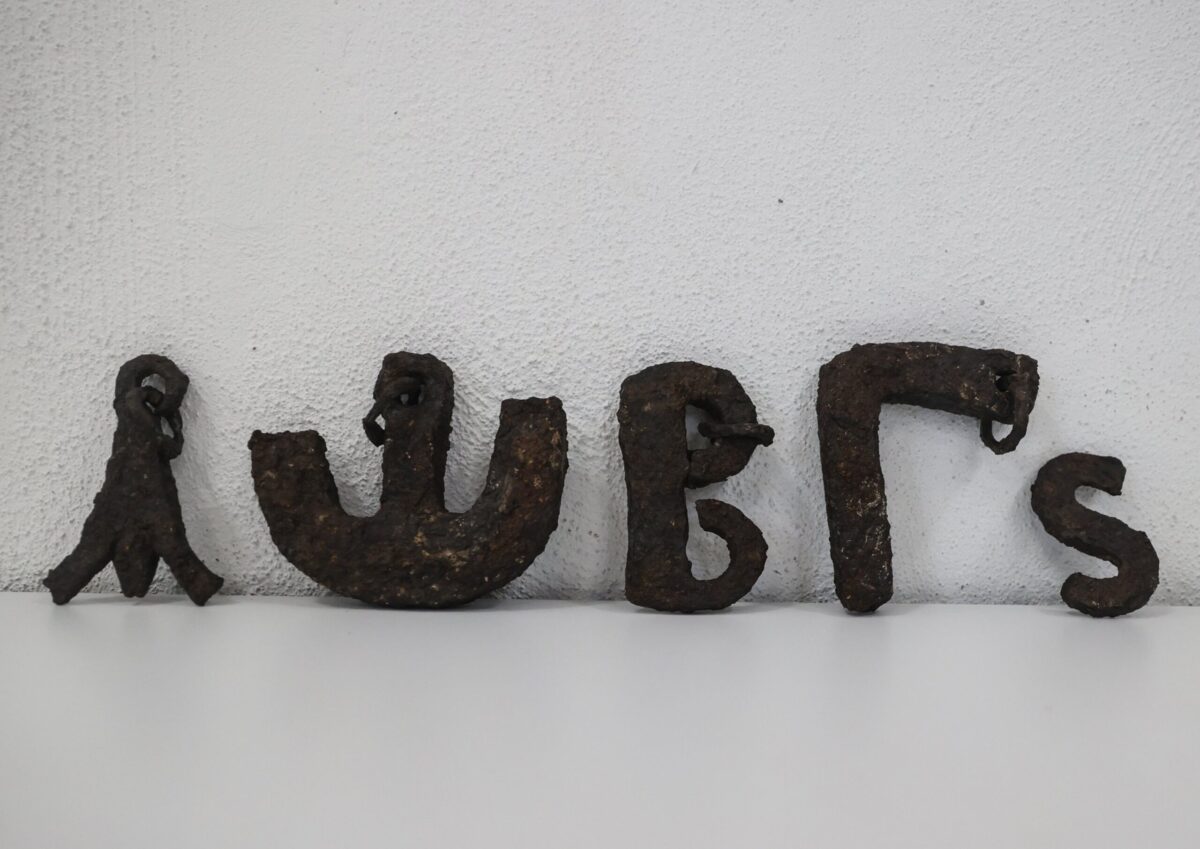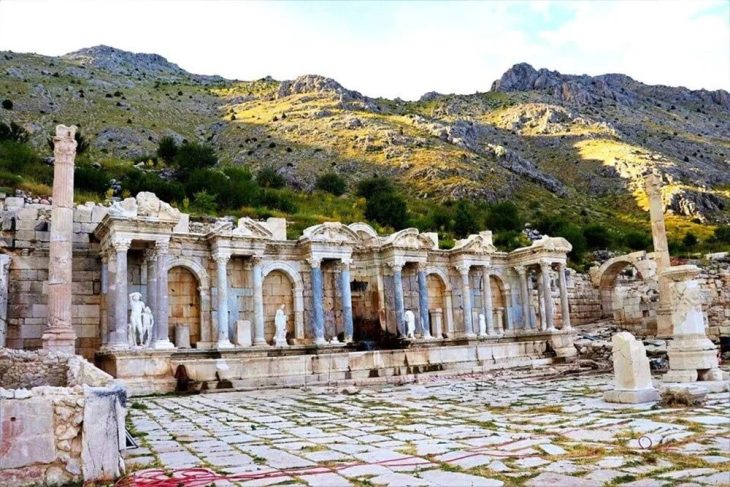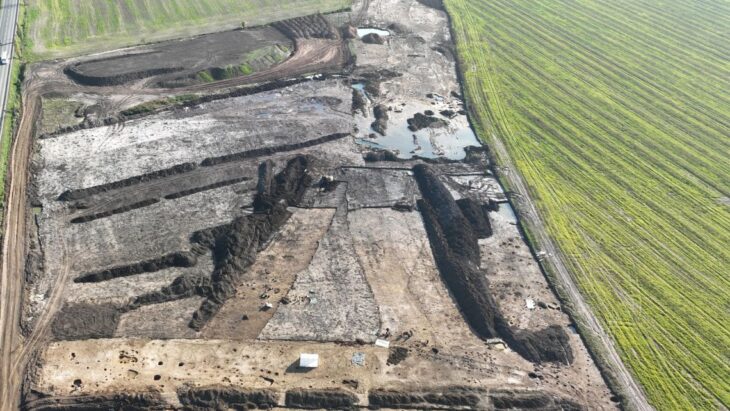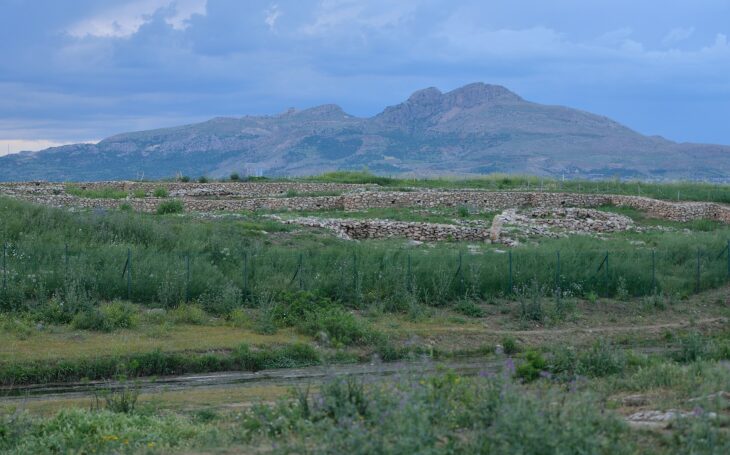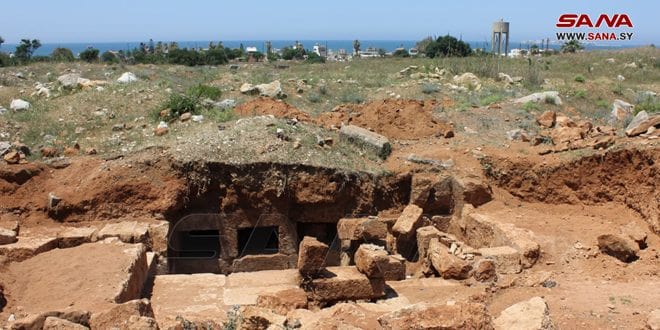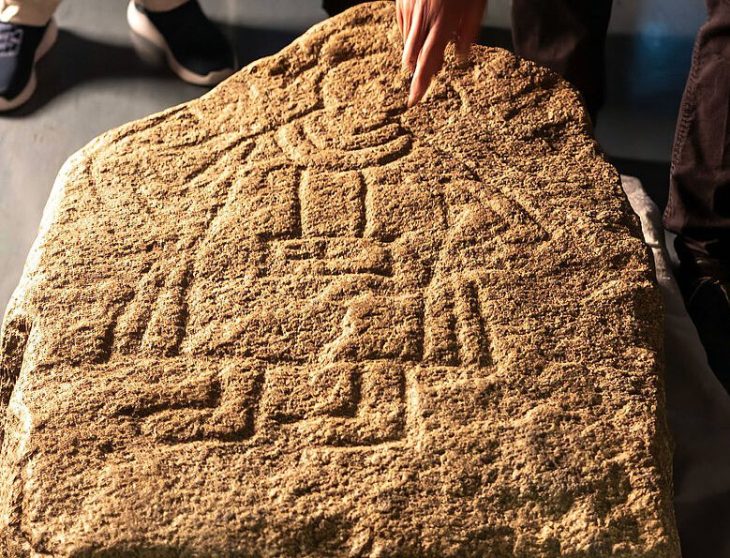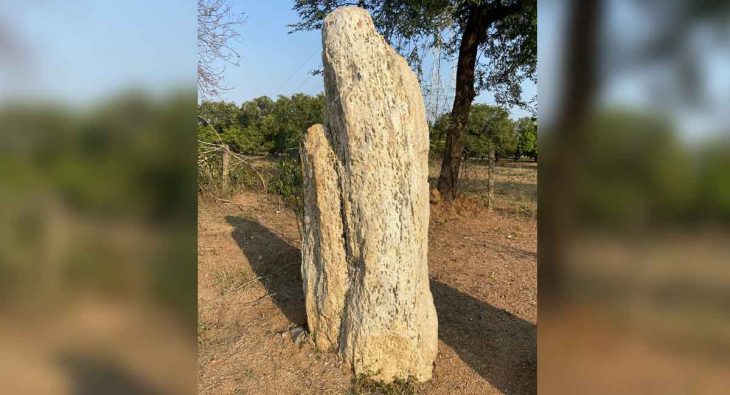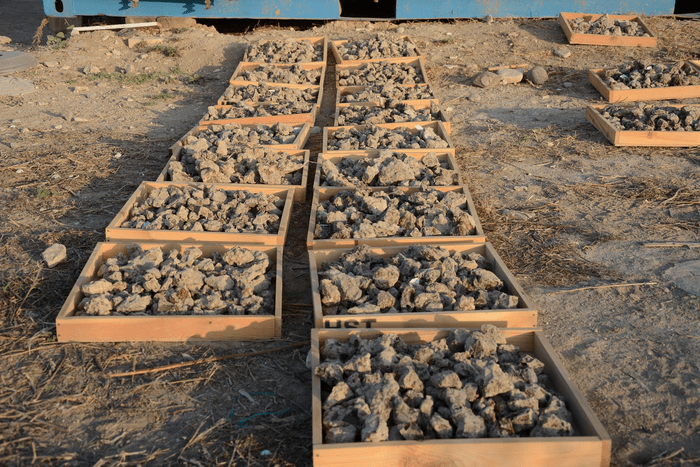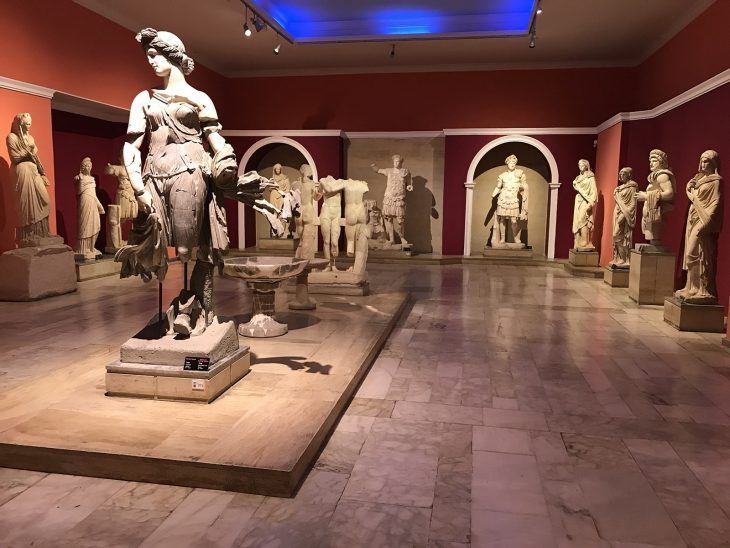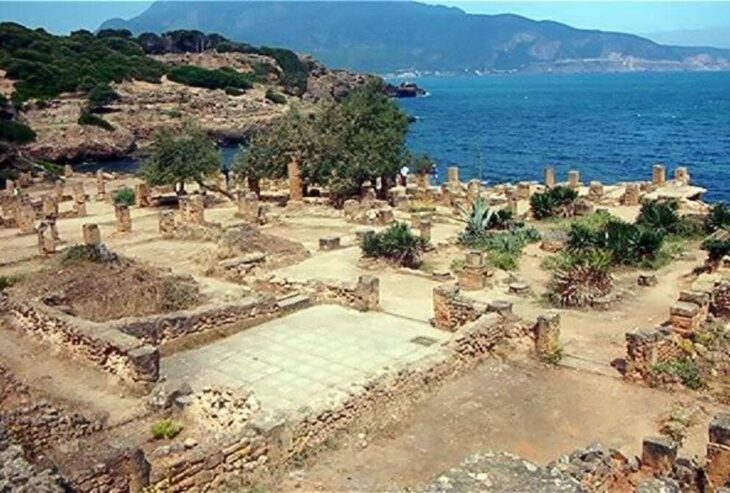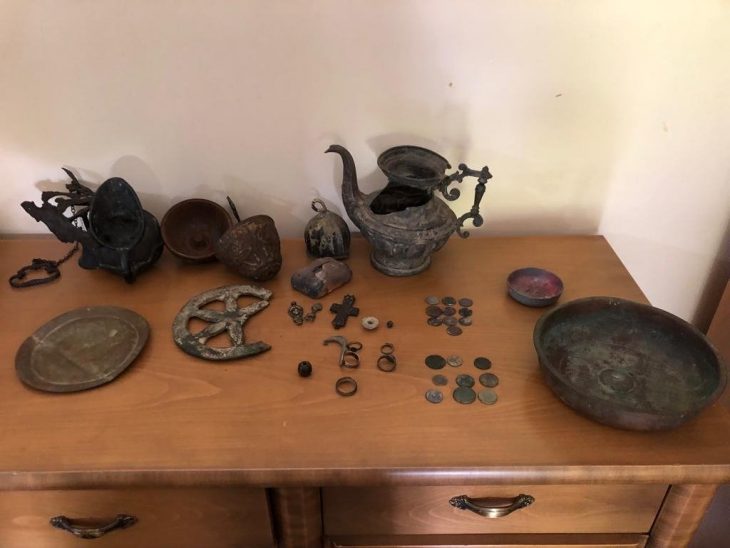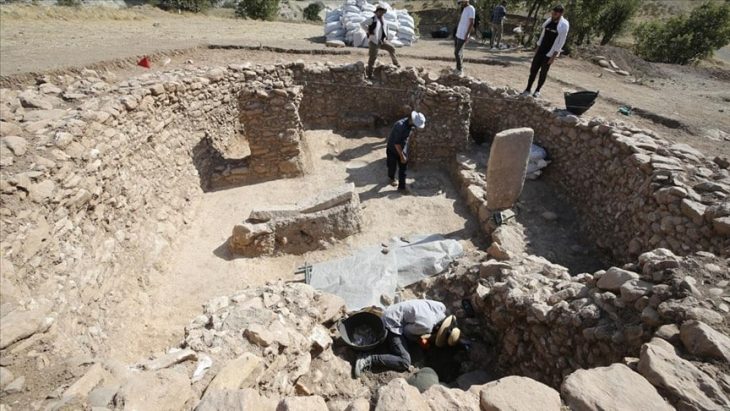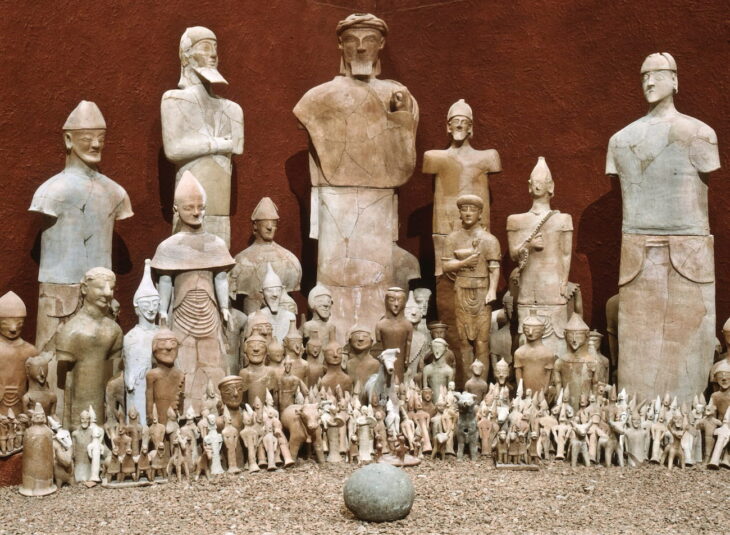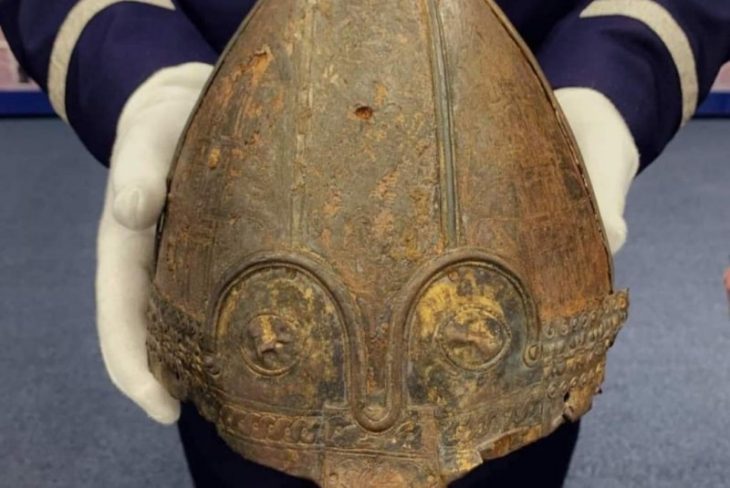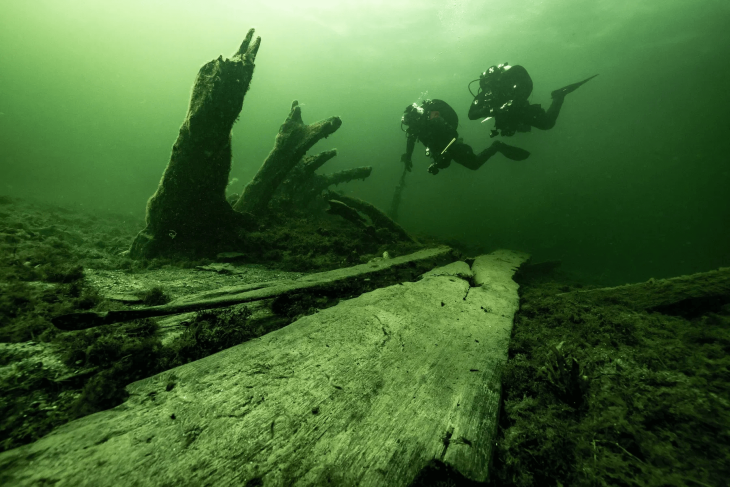Archaeologists have made a significant discovery at the ancient city of Uzuncaburç in Türkiye’s southern Mersin province — a complete set of iron weights shaped like ancient Greek letters, along with a Roman-era balance scale dating back around 1,600 years.
The find was made during excavations led by Mersin University in collaboration with the Turkish Ministry of Culture and Tourism as part of the nationwide “Heritage for the Future Project.”
Uzuncaburç, located 30 kilometers north of the Silifke district, is renowned for its well-preserved ruins from the Hellenistic and Roman periods, including colonnaded streets, monumental temples, fountains, and a theater. This season’s efforts concentrated on one of the city’s two main colonnaded avenues, long thought to be key commercial zones.
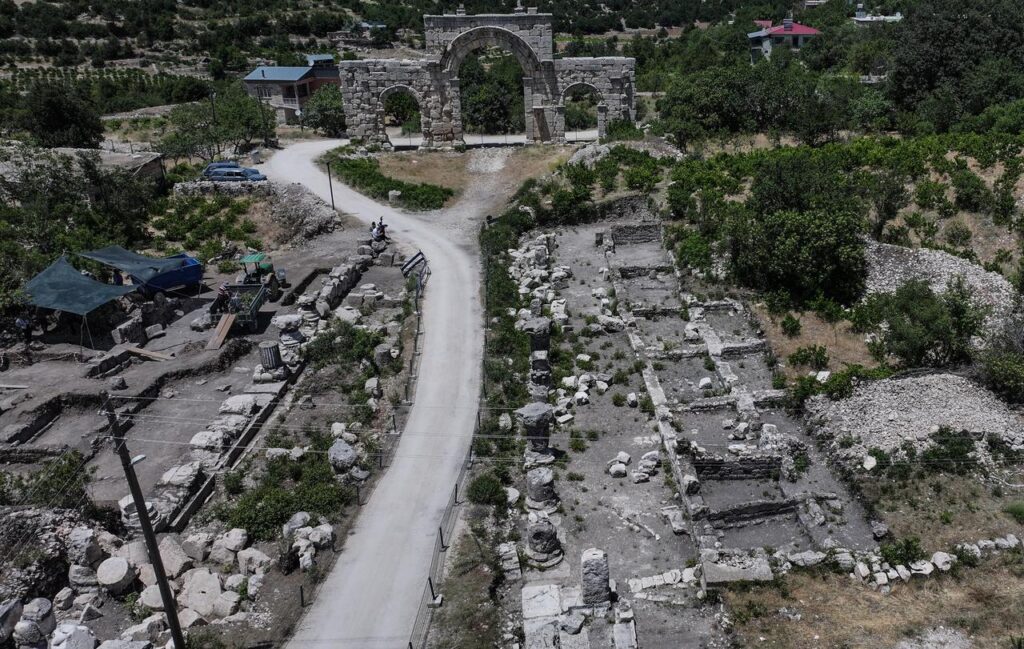
During these excavations, archaeologists uncovered multiple shop structures, coins, and cutting tools — and most notably, a complete set of iron weights and a hanging balance scale. The weights, shaped like letters from the ancient Greek alphabet, are believed to have been used in local trade during the Late Antique period (4th–7th centuries AD).
“This is the first time we’ve found a complete measuring system from this era,” said Professor Ümit Aydınoğlu, the excavation director from Mersin University. “Each weight corresponds to the standard unit known as the litra, ranging from half to five litrae — roughly 150 grams to 1.5 kilograms today.”
📣 Our WhatsApp channel is now LIVE! Stay up-to-date with the latest news and updates, just click here to follow us on WhatsApp and never miss a thing!!
Aydınoğlu emphasized that such letter-based labeling may reflect a regional or merchant-specific trade system, providing rare insight into the economic life of ancient Uzuncaburç.
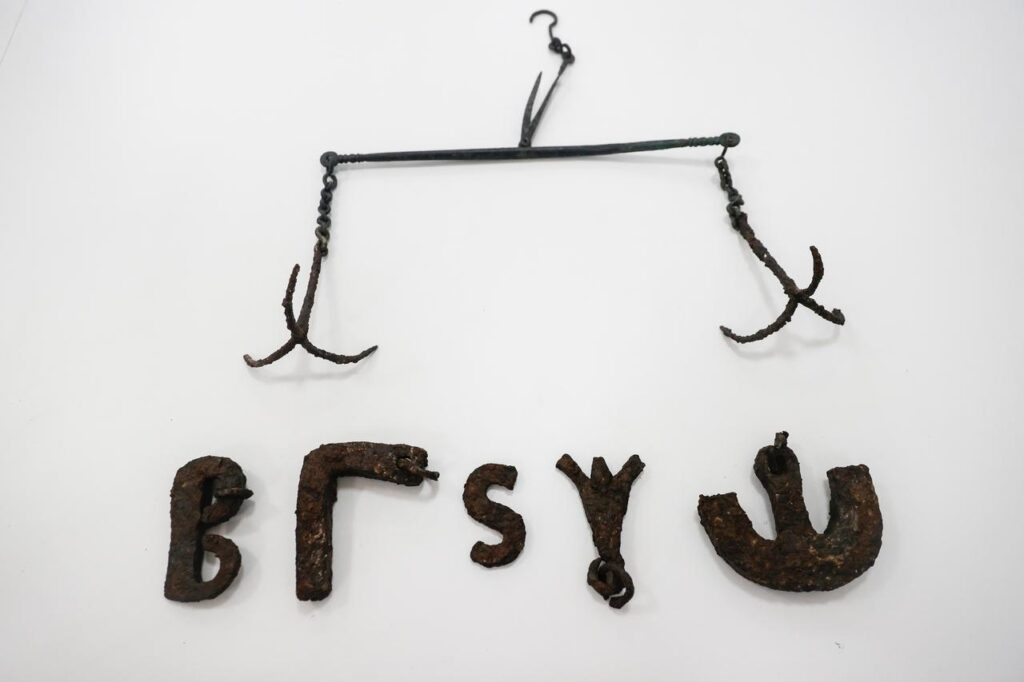
The discovery supports the theory that Uzuncaburç was a vibrant commercial hub, with its colonnaded streets acting as the city’s economic arteries. Archaeologists aim to fully uncover these avenues and restore some of the uncovered shops to showcase the ancient urban infrastructure.
In addition to excavation work, the team has developed the area for tourism by installing informational signage, arranging walking paths, and improving site access. According to Aydınoğlu, “In the coming years, Uzuncaburç is set to become one of Türkiye’s model archaeological villages.”
Cover Image Credit: A set of iron weights shaped like Greek letters found in Uzuncaburç, Mersin, Türkiye. AA

